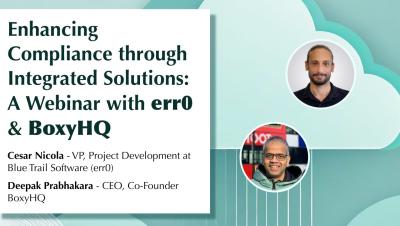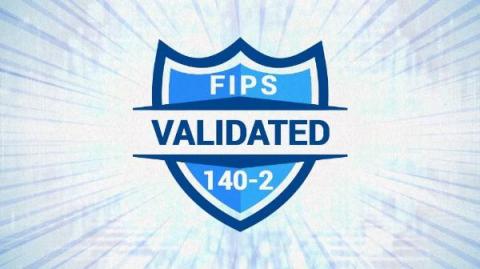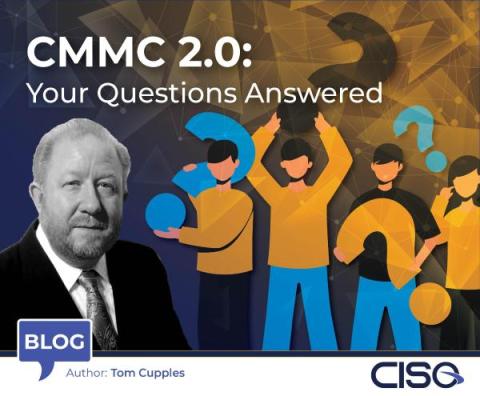Enhancing Compliance through Integrated Solutions: A Webinar with #err0 & #BoxyHQ #webinar
The webinar "Enhancing Compliance through Integrated Solutions" by BoxyHQ and err0, moderated by Schalk Neethling, featured insights from Cesar Nicola and Deepak Prabhakara on improving software compliance and security. It focused on the integration of err0's error management with unique codes and BoxyHQ's audit logs for enhanced compliance.









